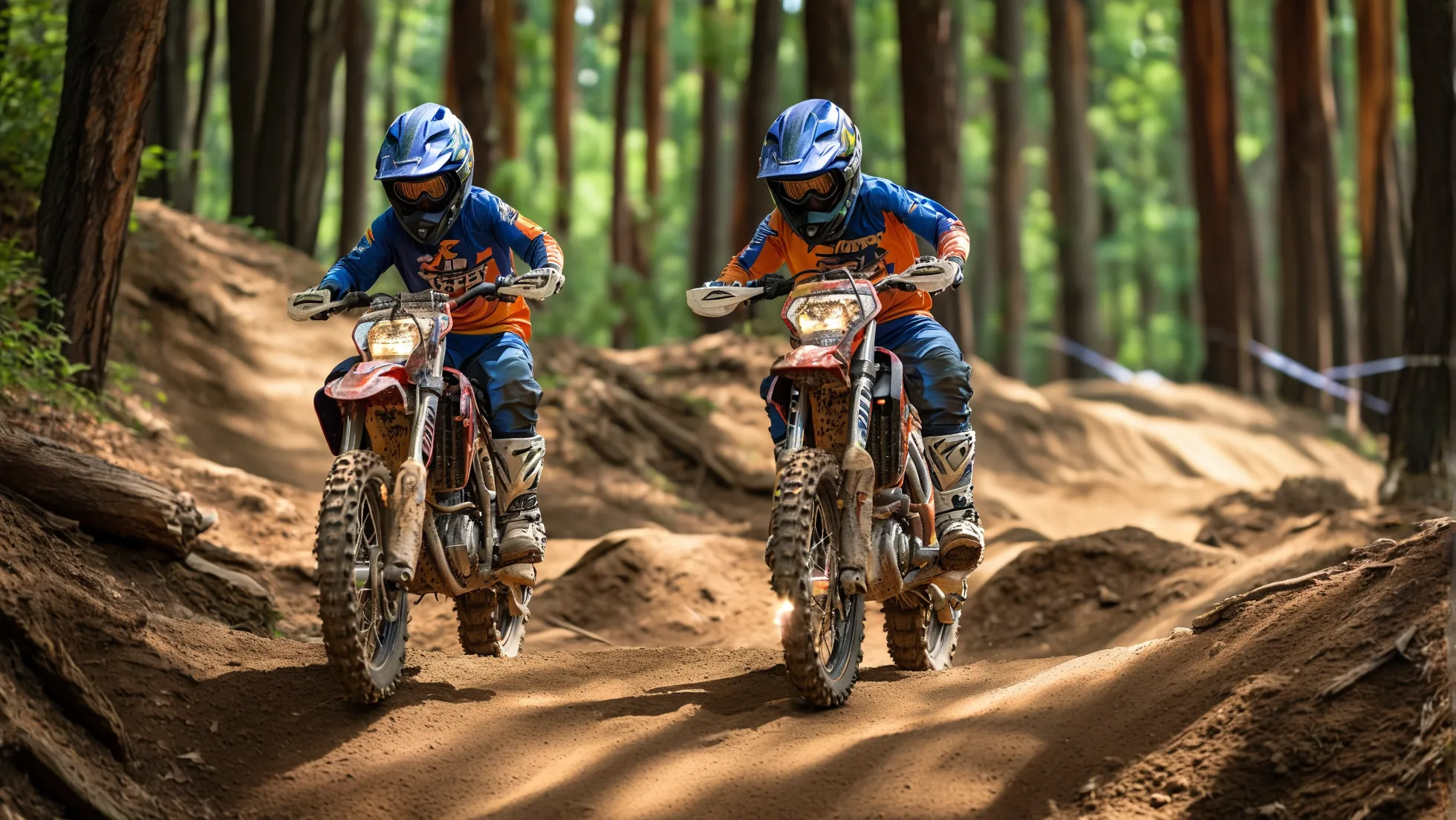With over 800 miles of diverse terrain ranging from coastal dunes to mountain singletracks, California offers dirt bike enthusiasts endless riding opportunities. But not all trails deliver equal experiences—some cater to weekend warriors seeking family-friendly fun, while others test seasoned riders with technical challenges. We’ve analyzed 12+ authoritative sources including California State Parks data, AMA District 37 race reports, and Rider Magazine recommendations to compare the state’s top tracks through two critical lenses: best trails for accessibility and consistency versus ultimate adventures for thrill-seekers.
Family-Friendly Tracks: Where Safety Meets Fun
1. Prairie City SVRA (Sacramento)
Why it ranks #1:
– 640 acres of groomed trails with color-coded difficulty markers
– Dedicated kids’ track (50cc-110cc bikes) with professional coaching clinics
– ADA-accessible facilities including air stations and wash areas
Backed by California OHV Division statistics showing 92% rider satisfaction in 2023 safety surveys, this park exemplifies beginner-friendly design. Pro tip: Visit mid-week to avoid crowds during peak family hours (Sat 10 AM-2 PM).
2. Hungry Valley SVRA (Gorman)
Unique value:
– 130 miles of interconnected trails with GPS checkpoints
– Night riding permits available for full-moon adventures
– On-site RV hookups and gear rental partners
Technical Mastery: Trails That Separate Pros from Casual Riders
1. Kennedy Meadows (Sequoia National Forest)
Challenge breakdown:
– 8,000+ ft elevation changes across 35-mile loops
– Granite slab sections requiring trials bike precision
– Limited cell service demands self-reliance—pack SPOT satellite communicators
US Forest Service permits ($15/day) help maintain trail integrity while controlling traffic. Local guide services like Sierra Trail Dogs report 60% of clients need rescue retrievals during first attempts—a testament to the terrain’s demands.
2. Spangler Hills (Ridgecrest)
Why hardcore riders return:
– Open desert racing zones stretching 100+ unmarked miles
– Annual AMA National Hare & Hound Championship host location
– Dry lake beds for practicing 70+ mph speed control
Hidden Gems vs Overcrowded Hotspots
While glamorous destinations like Glamis Dunes attract 500k+ annual visitors (Bureau of Land Management 2022 data), lesser-known alternatives provide comparable thrills without the traffic:
| Overcrowded | Underrated Alternative |
|---|---|
| Ocotillo Wells (300k visitors) | Superstition Mountain (San Diego) |
| Carnegie SVRA | Stonyford OHV (Mendocino NF) |
Stonyford’s 125-mile trail network sees only 18% of Carnegie’s visitor numbers despite offering similar red clay terrain, per California OHV Division comparisons.
Trail Readiness Checklist
Before hitting CA dirt bike tracks:
1. Validate current registration ($52 two-year OHV permit)
2. Pack mandatory safety gear:
– DOT-approved helmet (Snell 2020 standard recommended)
– CE-rated chest protector (Alpinestars Bionic recommended)
– Dehydration prevention: 1L water/hour riding rule
3. Download offline maps via Avenza – 40% of backcountry trails lack cell coverage
Seasonal Considerations
Coastal tracks like Hollister Hills turn treacherous during winter rains (Dec-Feb), while high desert areas like Jawbone Canyon become optimal in spring (Mar-May). Summer riders should prioritize shaded routes—Tahoe National Forest’s Prosser Pits offers pine-covered trails with 15°F cooler temps than valley floors.
FAQ: California Dirt Bike Essentials
Q: Can I ride a non-CA registered bike temporarily?
A: Yes—30-day non-resident permits ($30) available at SVRA kiosks.
Q: Best track for ADV bike training?
A: Rowher Flat OHV’s mix of fire roads and technical climbs suits 650cc+ bikes.
Q: Where to find real-time trail conditions?
A: California Trail Map app updates closures/conditions hourly via ranger network feeds.
By matching terrain difficulty to skill level and preparing for CA’s unique environmental factors, riders can maximize both safety and adrenaline across the Golden State’s world-class dirt bike ecosystems.
